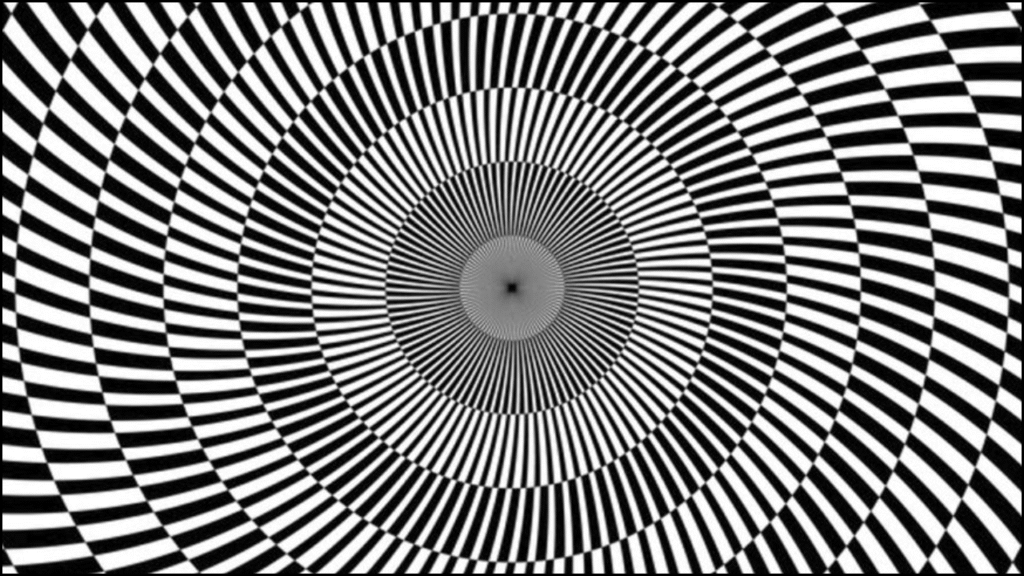
Optical illusions created with fabric and light are a unique intersection of art, science, and perception. These illusions exploit human visual perception to create effects that trick the brain into seeing motion, depth, or shapes that are not physically present. Artists, designers, and architects use fabric and light to craft immersive environments that challenge conventional understanding of space and form. These illusions often combine principles of physics, color theory, and geometry to manipulate perception, making them powerful tools for both aesthetic and functional applications.
Table of Contents
Techniques Used in Fabric and Light Illusions
- Layering and Overlapping
- Fabric layers create depth perception by partially obscuring sections of the installation.
- Light passing through multiple layers produces shadows that mimic three-dimensional shapes.
- Translucent Materials
- Organza, chiffon, and sheer fabrics allow light diffusion, softening edges and creating floating effects.
- Colored translucent fabrics interact with light wavelengths to generate shifting hues and optical depth.
- Projection Mapping
- Digital projectors cast patterns onto fabric surfaces to create illusions of movement or transformation.
- Synchronization with curved or hanging fabrics enhances three-dimensional effects.
- Refraction and Reflection
- Mirrors and reflective surfaces behind or within fabric layers amplify depth illusions.
- Light refraction through thin fabrics can simulate the bending or warping of space.
- Dynamic Lighting
- Moving light sources, such as spotlights or LEDs, make static fabric appear animated.
- Intensity and color changes guide the viewer’s focus, enhancing perceptual illusions.
Common Types of Optical Illusions in Fabric Installations
| Type of Illusion | Description | Application |
|---|---|---|
| Moiré Patterns | Superimposing fabrics with fine patterns creates interference effects | Art installations, fashion shows |
| Floating Shapes | Sheer fabrics with strategically placed lights make objects appear suspended | Museums, theaters |
| Depth Illusions | Gradual layering of fabrics with shadow effects gives a 3D sense | Interior design, exhibition spaces |
| Motion Illusions | Projected patterns or moving lights give a sense of motion on static fabric | Stage design, interactive art |
| Color Shifts | Changing light colors on fabrics generates illusory transitions | Interactive installations, advertising displays |
Notable Artists and Designers Using Fabric and Light
- Olafur Eliasson
- Use of suspended fabrics with controlled lighting to manipulate spatial perception.
- Installations explore human sensory perception and engagement with space.
- Diana Scher
- Fabric sculptures with integrated light create floating geometric illusions.
- Emphasis on soft, translucent materials for ethereal effects.
- Jenny Kendler
- Combines layered fabrics with light projections to mimic natural phenomena.
- Works focus on environmental storytelling through optical perception.
Materials and Tools for Creating Fabric-Light Illusions
| Material/Tool | Purpose |
|---|---|
| Sheer fabrics (organza, chiffon) | Light diffusion and transparency |
| LED strips and spotlights | Dynamic illumination and color control |
| Mirrors and reflective panels | Amplifying depth and multiplicative effects |
| Projectors | Pattern projection and motion illusions |
| Support structures (frames, rods) | Maintaining fabric tension and placement |
Applications of Fabric and Light Optical Illusions
- Art Installations
- Galleries and museums use these illusions to engage viewers interactively.
- Layered fabrics allow viewers to experience changing perspectives as they move.
- Theater and Performance
- Stage backdrops use fabric-light illusions to simulate dynamic environments without physical set changes.
- Enhances storytelling with minimal props while maintaining audience engagement.
- Fashion Design
- Designers use sheer fabrics with colored lighting to make garments appear fluid or weightless.
- Runway shows incorporate projections to add movement illusions to static clothing.
- Interior Design
- Curtain installations with subtle lighting create ambient effects and perceived depth.
- Enhances spatial perception in small or enclosed areas.
- Advertising and Retail
- Window displays employ optical illusions to attract attention and highlight products.
- Moving light patterns on translucent materials make static items appear animated.
Scientific Principles Behind Fabric-Light Optical Illusions
- Perception of Depth
- Human brains interpret overlapping layers, shadows, and light gradients as indicators of distance.
- Color Interaction
- Light interacting with colored fabrics causes simultaneous contrast, where adjacent colors appear to shift.
- Motion Perception
- Repetitive patterns or moving light on static fabric stimulate motion-sensitive neurons, creating an illusion of movement.
- Transparency Effects
- Semi-transparent fabrics allow partial visibility of objects behind them, making solid surfaces appear fluid or intangible.
Challenges in Creating Fabric-Light Illusions
- Light Intensity Control
- Balancing brightness is critical; too strong light can wash out the illusion, too dim light can make it invisible.
- Fabric Selection
- Thickness, texture, and weave affect light diffusion and shadow formation.
- Viewer Perspective
- Illusions may appear distorted or lose their effect if viewed from unintended angles.
- Environmental Factors
- Ambient light, reflections, and temperature can alter the perception of the illusion.
Techniques for Enhancing Illusions
- Use layered fabrics of varying opacity to create multi-depth illusions.
- Incorporate moving light sources synchronized with viewer movement to increase engagement.
- Employ colored gels or filters to manipulate color perception dynamically.
- Use tensioned fabrics to create smooth, curved surfaces that guide light and shadow.
Comparison of Fabric Types for Light Illusions
| Fabric Type | Opacity | Light Interaction | Best Use |
|---|---|---|---|
| Organza | Low | Soft diffusion | Floating effects |
| Chiffon | Low | Smooth gradient | Motion illusions |
| Tulle | Medium | Sharp shadows | Depth illusions |
| Cotton | High | Minimal transparency | Background layering |
| Silk | Medium | Shiny reflection | Color shift effects |
Emerging Trends in Fabric-Light Illusions
- Integration with AR/VR technology for interactive installations.
- Use of smart fabrics that respond to light or touch to create adaptive illusions.
- Increasing popularity in commercial spaces for immersive advertising experiences.
- Focus on sustainability, using recyclable fabrics and energy-efficient LEDs.
Future Potential of Fabric-Light Optical Illusions
The future of fabric-light illusions is promising, blending art, technology, and design. Innovations in material science and lighting technology could enable more responsive and immersive experiences. Educational applications may also expand, using illusions to demonstrate scientific principles interactively. Furthermore, as public interest in experiential art grows, designers are likely to explore larger, more complex installations that challenge conventional spatial perception.
Optical illusions created with fabric and light redefine how people experience space and objects. They combine artistry, engineering, and perceptual psychology to create visually stunning effects. Understanding materials, light behavior, and human perception is essential to crafting effective illusions. As technology advances, these illusions will continue to captivate audiences, offering immersive, interactive, and dynamic visual experiences that transcend conventional boundaries.

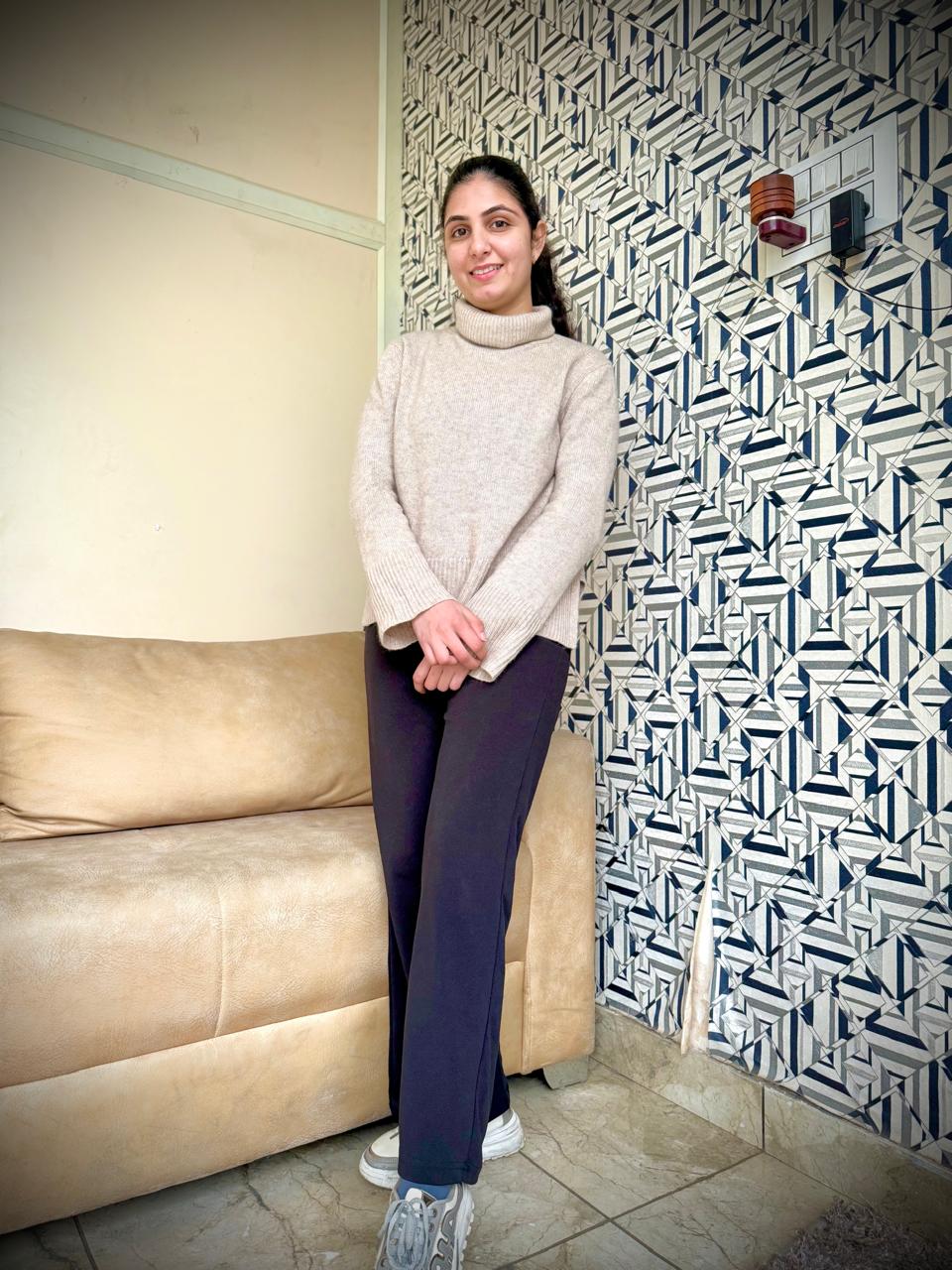
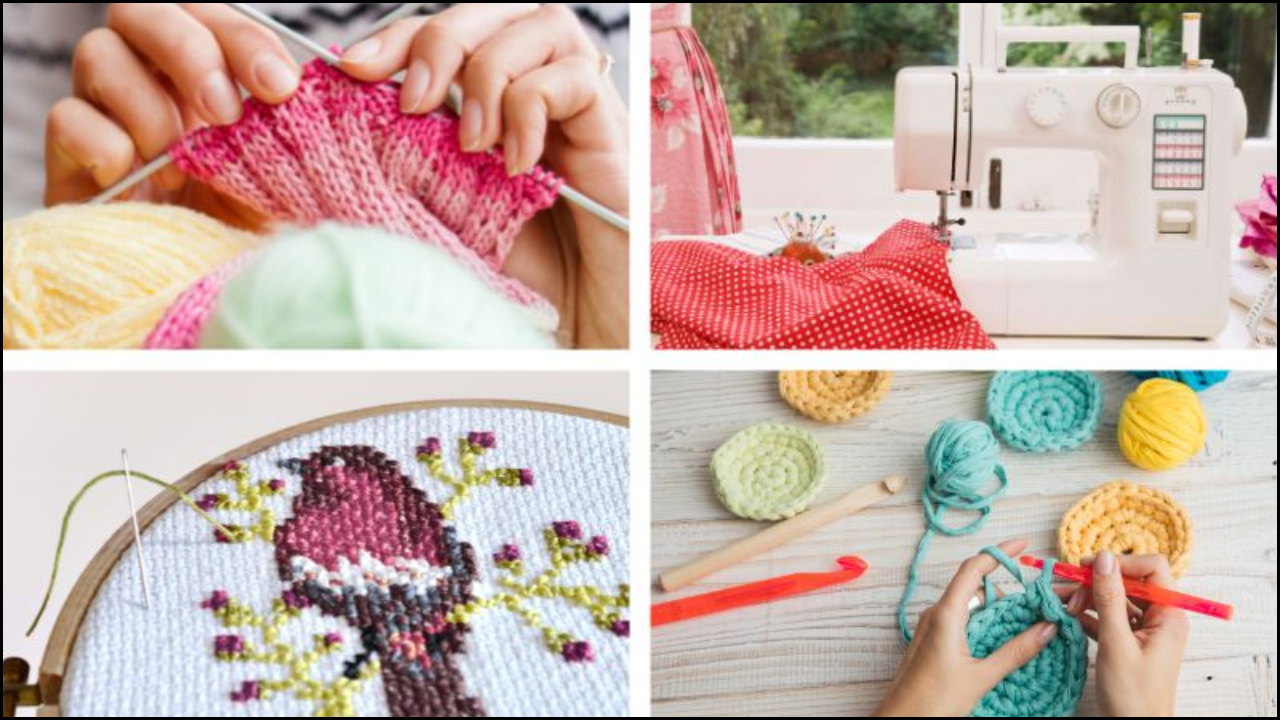
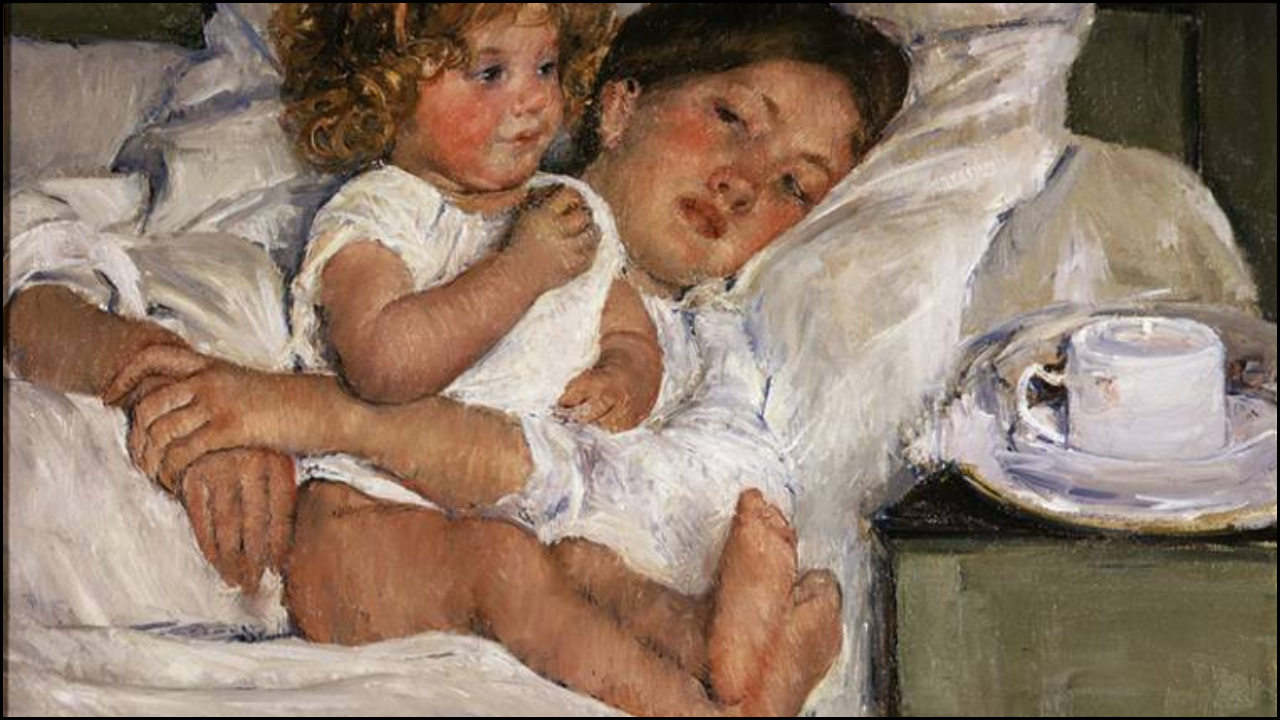
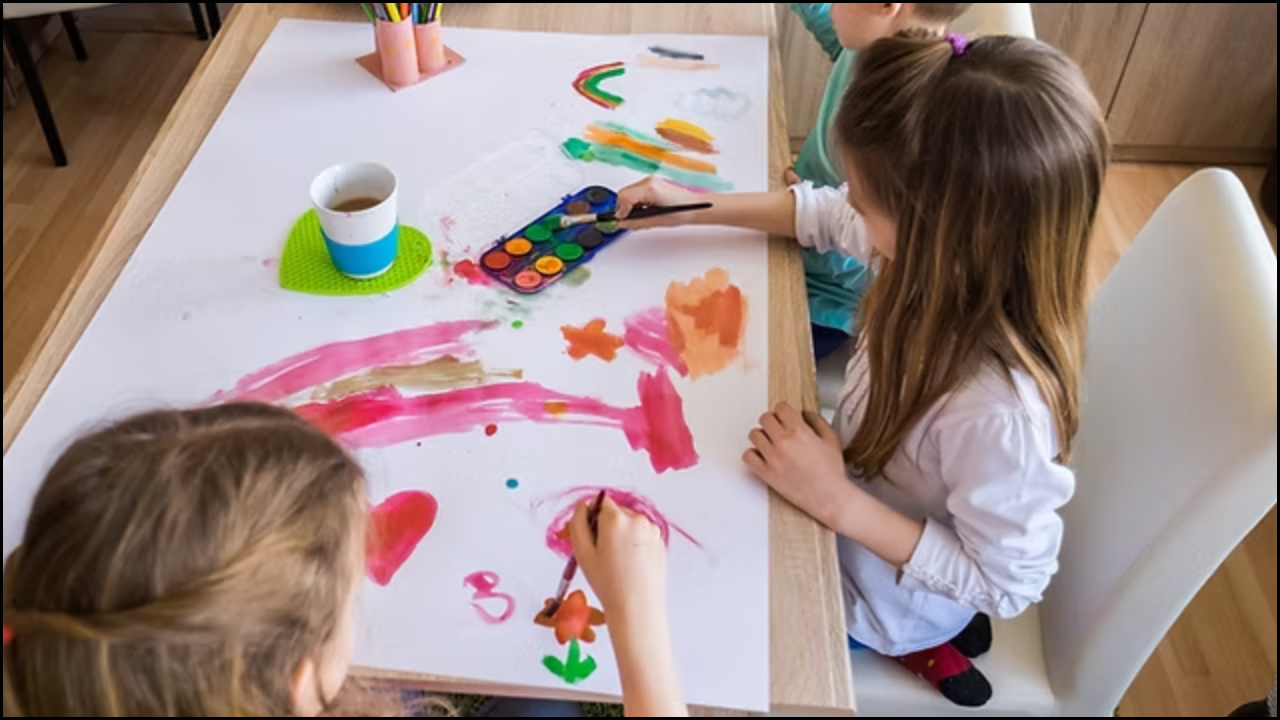
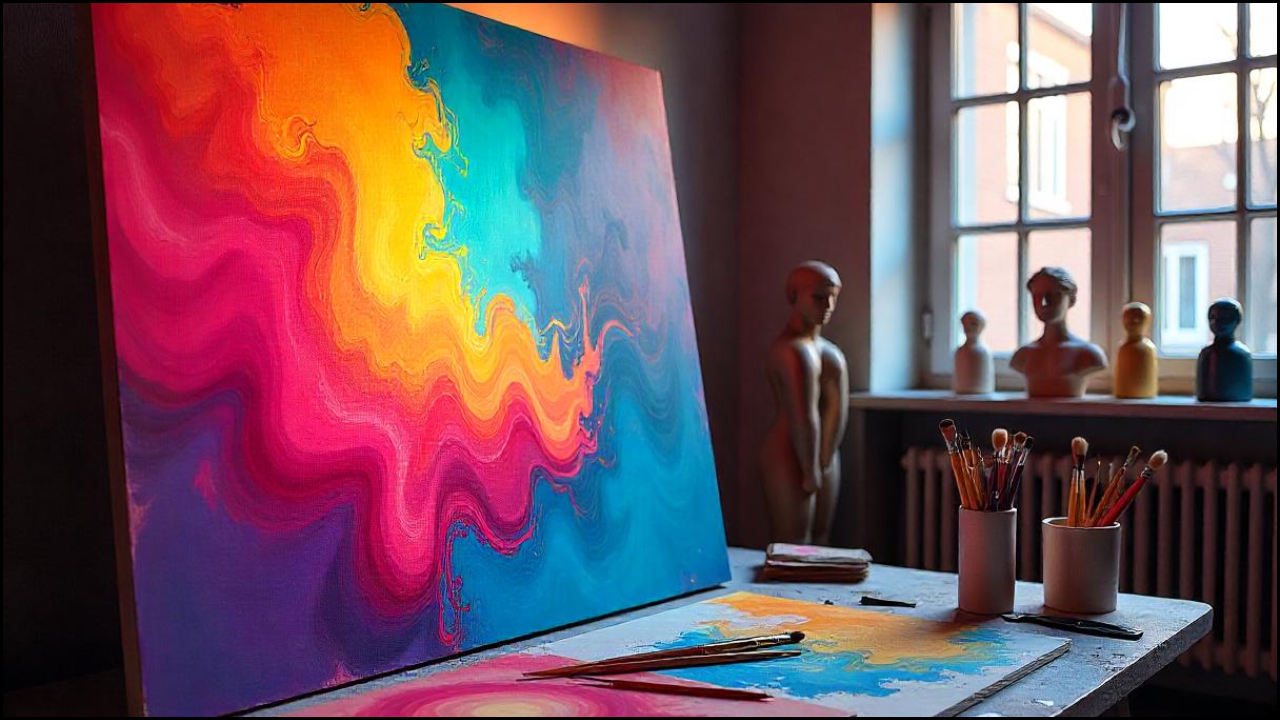
It would be helpful to have images to illustrate the article, since it’s talking about a purely visual outcome 🙂